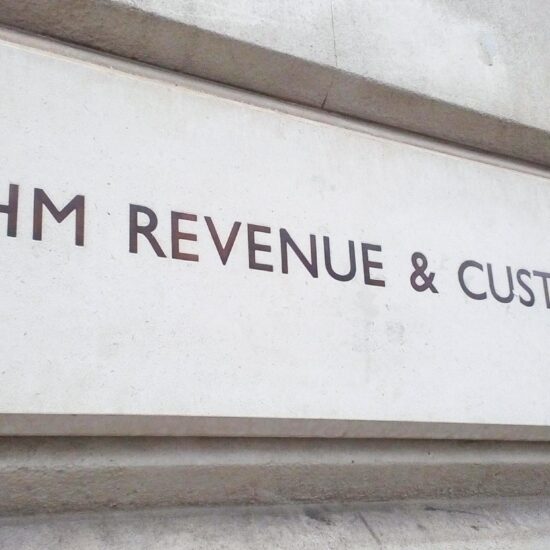Draft guidance sheds light on R&D changes
by Emma Rawson – Technical Officer, Association of Tax Technicians
Changes to the research and development relief regimes are due to come into effect from April. Emma Rawson reviews the draft guidance which includes changes to what does, and doesn’t, qualify for relief.
HMRC published draft guidance on 20 December on changes to the research and development (R&D) relief regimes that are due to come into effect from April 2023. These include new administrative requirements as well as some changes to what does, and doesn’t, qualify for relief.
Where’s the legislation?
These changes were originally included in draft legislation published last summer which, due to last year’s political tumult, will now be finalised as part of Finance Bill 2023.
While it is always helpful to see draft guidance before changes come into effect, the fact we don’t have final (or even updated) legislation does leave us in a rather odd situation. In particular, it’s not clear whether inconsistencies between the draft guidance and legislation are a reflection of policy changes, or unintended. The draft guidance therefore needs to be approached with some caution.
Advance notification
One of the more controversial changes is the requirement for companies to notify HMRC in advance of their intention to make an R&D claim if they are:
- first-time claimants, or
- have not made a claim in the past three years.
The draft guidance indicates that no notification will be required if the company has submitted a claim at any time in the past three calendar years. However, the draft legislation instead required a claim to have been made in respect of one of the last three accounting periods (and didn’t focus on the date the claim was made).
The draft guidance also differs from the draft legislation regarding the exact deadline for notification if you have a long period of account. The draft legislation states this is six months from the end of the individual accounting period, but the guidance takes the more pragmatic approach of six months from the end of the period of account.
The information that will need to be included in a notification is set out in the draft guidance, all of which is relatively straightforward and factual in nature, such as Unique Taxpayer Reference (UTR), contact details, accounting period/period of account start and end dates. No information will be required regarding the R&D activity itself or the level of qualifying expenditure.
The draft guidance does not explicitly say that agents will be able to notify on behalf of their clients, although the inclusion of “agent reference number (if you have one)” in the list of required information is a hopeful indication that this may be possible. Notification will need to be made online using a form accessible from gov.uk. However, we don’t yet have any details as to whether this will be behind a government gateway, or what authorisation may be needed for agents submitting on behalf of clients.
Additional information requirements
The second change that is likely to have a widespread impact is the requirement to submit an additional information form before, or at the same time as, an R&D claim. This is on top of any R&D report normally submitted.
The draft guidance lists the information required for this form. This includes specific breakdowns of expenditure into categories such as consumables, staff costs and so on, as well as descriptions of the project(s) undertaken and how they qualify as R&D.
As many R&D specialists already provide this information in their reports, the additional information requirement will, at best, merely present an additional administrative burden. Where this is the case, the company, R&D specialist and CT agent need to agree who will be responsible for submitting the form.
If companies do not already submit this information, they will need to think carefully about how they will meet HMRC’s requirements. The lack of further information and examples in the draft guidance is unhelpful. Large companies are advised to contact their customer compliance manager (CCM) to agree the level of information required, but this will be of little help to the majority of businesses who don’t have a CCM.
Similar to claim notification, it appears that this information will need to be submitted via a form on gov.uk, but no details are given as to whether this will require a government gateway, specific authorisation or whatever. We are, however, given more comfort with regards to agents, as one of the items of additional information listed states it is only needed “if completed by an agent”.
Overseas expenditure crackdown
The draft guidance confirms that expenditure on subcontractors and externally provided workers will only qualify for relief if it is UK related, or fits into a narrow category of qualifying overseas expenditure (QOE).
To be QOE, three factors will all need to be met:
- Conditions necessary for the R&D are not present in the UK
- Those conditions are present in the location the R&D is undertaken
- It would be wholly unreasonable to replicate those conditions in the UK.
The draft guidance helpfully expands on how these might work in practice, though it is still likely to be a difficult task for companies to get comfortable that they are met. Some of the examples given are also so extreme (such as having to fit sensors in active volcanoes) that they are unlikely to be of general use.
Data licences, cloud computing and mathematics
The guidance confirms that data licences and cloud computing costs can be qualifying expenditure, except for where the company can sell the data, or publish or share it with a third party. The guidance discusses these exclusions at some length, providing helpful clarification around where data is shared for the purposes of the R&D project, or provided to customers as part of a product.
The draft guidance also confirms that the Department for Business, Energy and Industrial Strategy guidelines will be updated to make it clear that pure mathematics can now meet the definition of R&D.
What next?
Comments are invited on the draft guidance by 28 February 2023. Following this, we should see the Finance Bill published, which will hopefully fill in some of the gaps highlighted above. However, as these changes will only take effect for accounting periods starting on or after 1 April 2023, the impact they have on the R&D relief regime will not be clear for some time.







